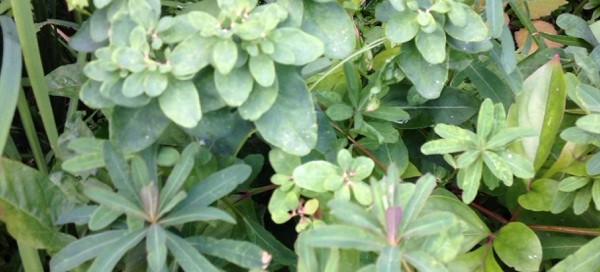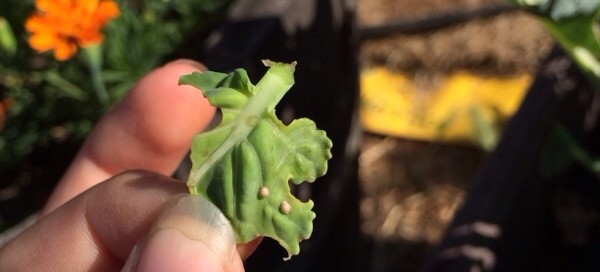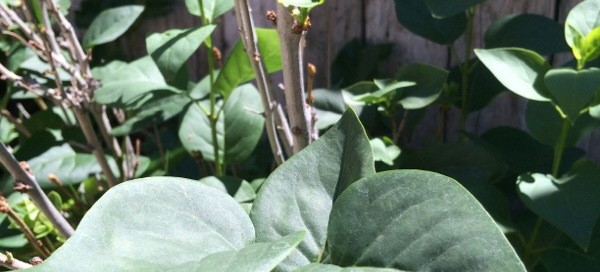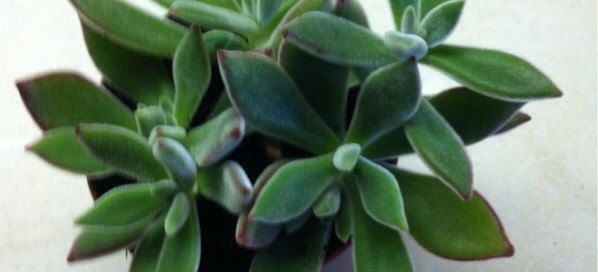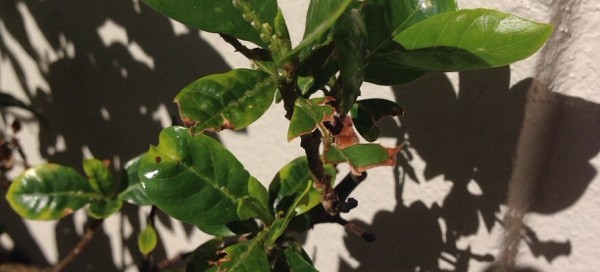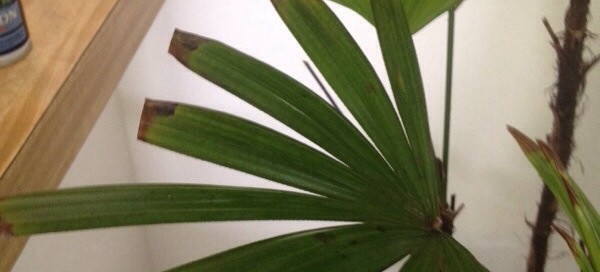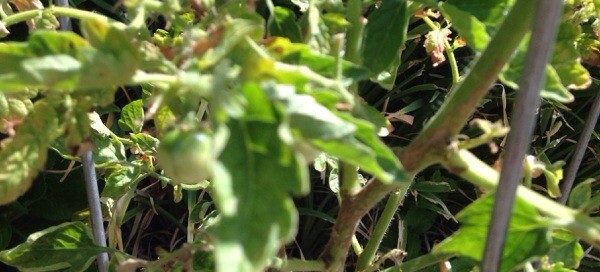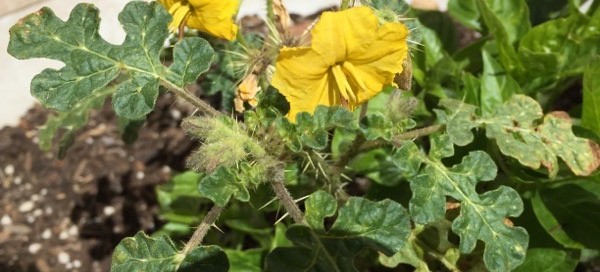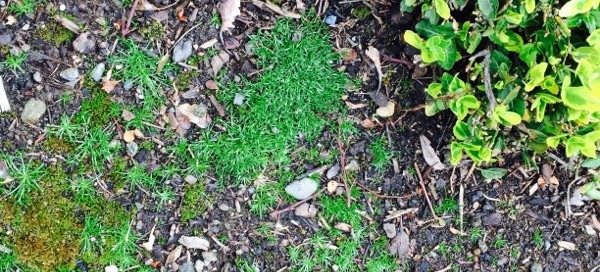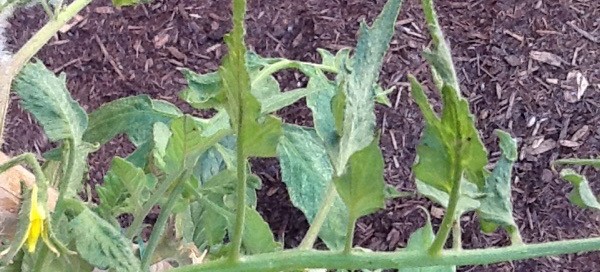Spurge
This appears to be a euphorbia known as spurge. You can confirm this id by taking a cutting, if the plant bled white sap, then it is a euphorbia. The best way to propagate these is by divisions taken now (divide the rootball with a shovel and transplant part of it where you want to grow it). But you can also propagate it from cuttings taken now. After you make the cutting, put the stem in warm water for a few hours so that the white sap doesn't congeal and seal off the bottom of the stem. Then dip the cutting in a rooting hormone and plant in a pot full of potting mix. Make a plastic tent over it (easily made with a coat hanger and a clear plastic sleeve that comes back from the cleaners with your clothes) to hold in the humidity. Keep the soil moist, and keep the plant in a frost-free, warm place (like a north window) where it gets plenty of indirect light, and it should root in a couple of weeks.
